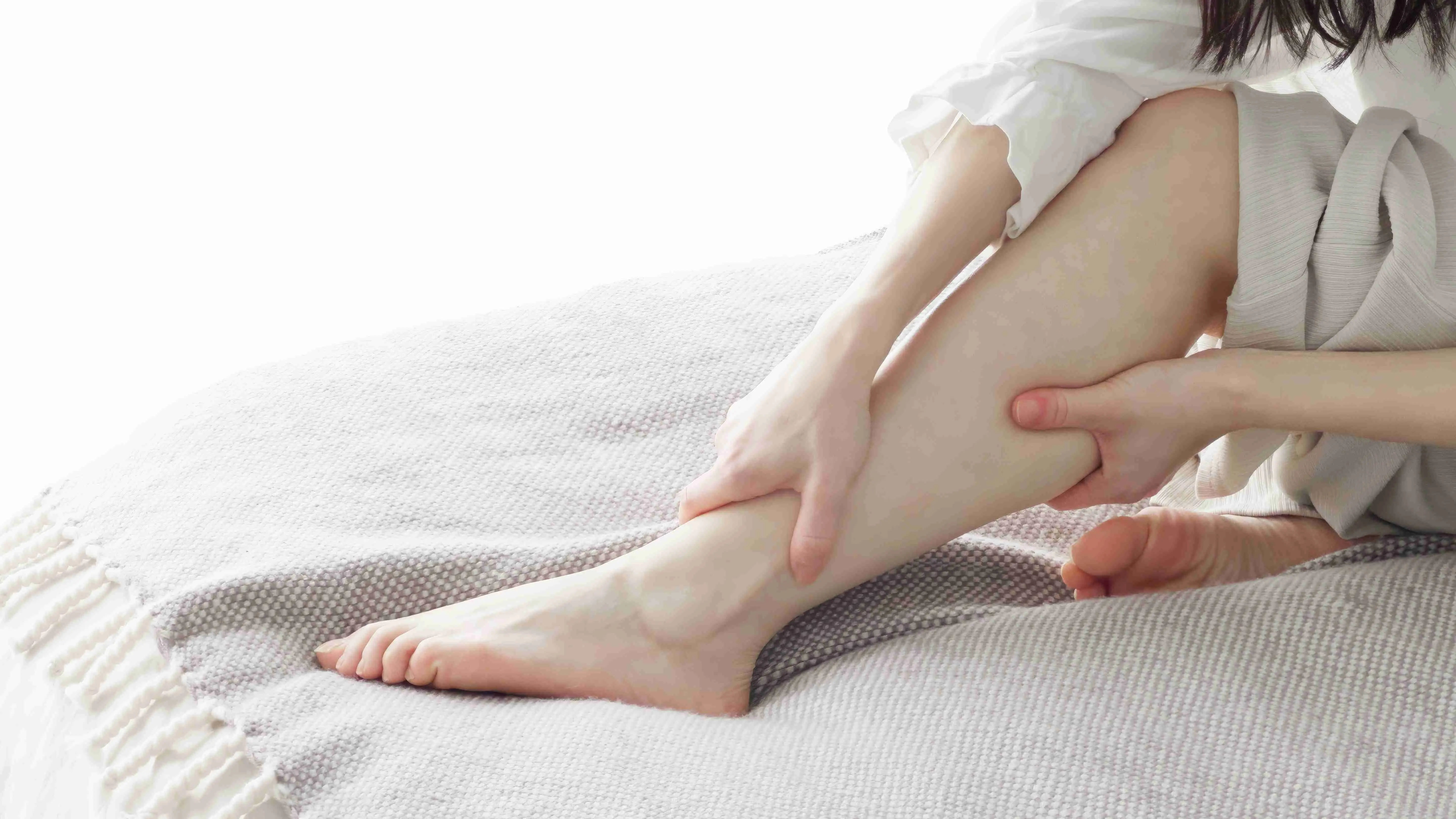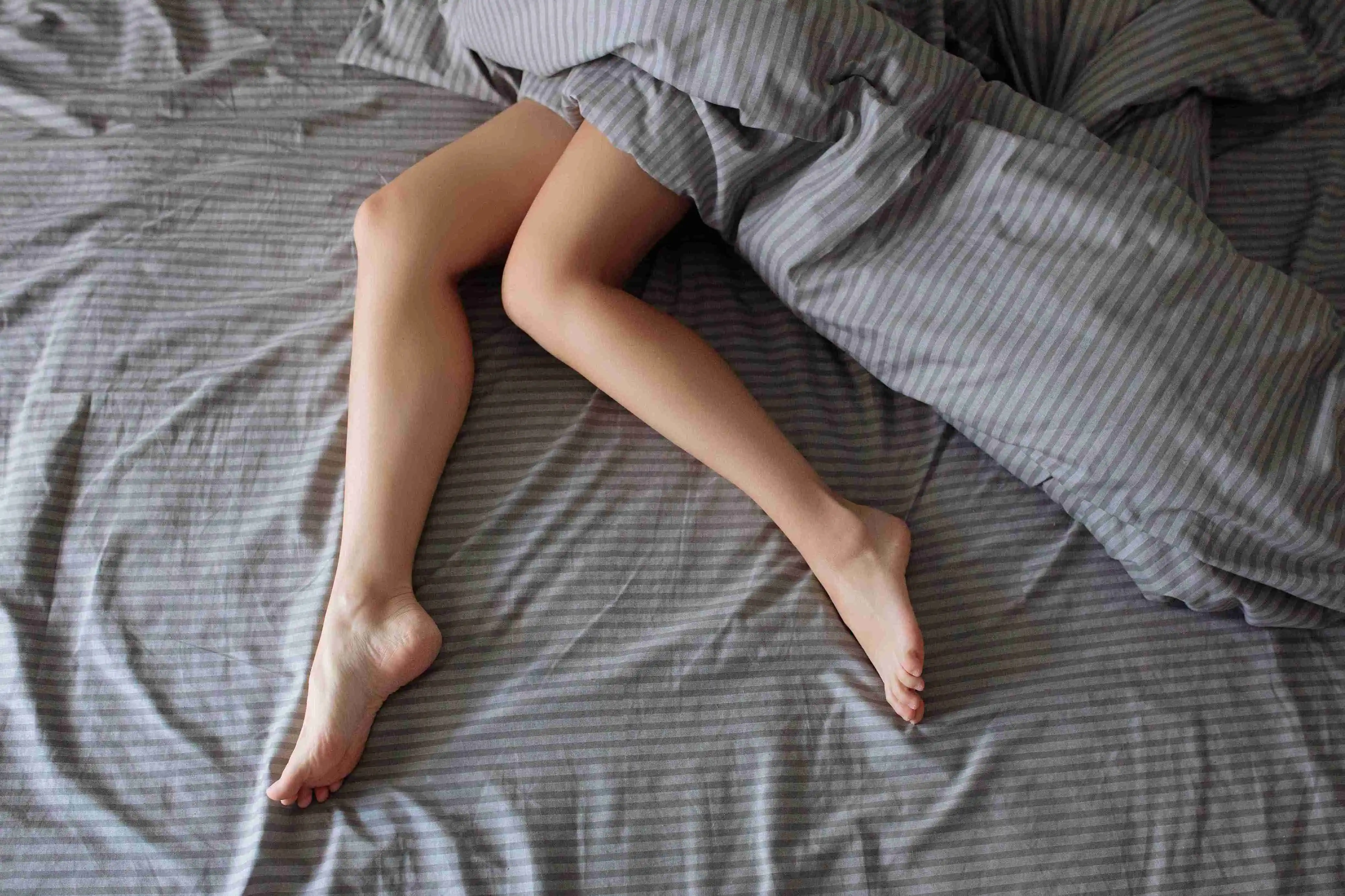Restless Legs Syndrome (RLS) is a neurological disorder that affects millions of people worldwide, yet remains largely misunderstood.
This article aims to shed light on the symptoms, potential causes, and available treatments for Restless Legs Syndrome, providing a comprehensive understanding of this condition.
What is Restless Legs Syndrome?
An overwhelming urge to move your legs, frequently accompanied by unpleasant sensations, is a symptom of restless leg syndrome (RLS), also known as Willis-Ekbom Disease. This condition can significantly disrupt your sleep and daily activities, making it essential to understand its symptoms, causes, and available treatment options.
RLS can occur at any age, but it is more prevalent in adults, particularly those over the age of 40. The symptoms tend to worsen at night or during periods of inactivity, making it challenging to fall asleep or stay asleep.
Restless Legs Syndrome Symptoms

The primary symptom of RLS is an irresistible urge to move your legs, often accompanied by unpleasant sensations such as:
Tingling
One of the hallmark symptoms of Restless Legs Syndrome is a tingling sensation in the legs. People often describe this feeling as a "creepy-crawly" sensation that is difficult to ignore.
Movement can temporarily relieve it, typically occurring when the individual is at rest, especially in the evening or at night.
Burning
Some individuals with RLS experience a burning sensation in their legs. People often describe this symptom as a deep, uncomfortable heat, ranging from mild to severe. The burning sensation can exacerbate during periods of inactivity, making it particularly distressing during attempts to relax or sleep.
Cramping
Cramping is another common symptom associated with RLS. These cramps can feel similar to charley horses and may occur in the calves or thighs. The discomfort can be intense, causing sudden, involuntary movements of the legs.
These cramps can make it difficult for individuals to find a comfortable position, further contributing to the overall discomfort associated with RLS.
Throbbing
RLS patients frequently report experiencing throbbing sensations. This symptom is characterized by a rhythmic, pulsating discomfort that can be both distracting and painful.
Throbbing often intensifies during periods of rest, such as when sitting or lying down, and can lead to frequent changes in position as individuals attempt to alleviate the sensation.
Aching
A dull, persistent ache in the legs is another symptom that many with RLS experience. This aching can be continuous or intermittent and is often deep within the muscles. It can be particularly bothersome during the night, contributing to difficulties in falling and staying asleep.
Sleep Disturbances
Sleep disturbances are a significant consequence of RLS symptoms caused by the previously mentioned symptoms, which can make it challenging to fall asleep.
This leads to frequent awakenings throughout the night, resulting in poor sleep quality and daytime fatigue. Chronic sleep deprivation can have a profound impact on overall health.
Difficulty Sitting Still
Individuals with RLS often find it difficult to sit still for extended periods. The urge to move the legs to relieve discomfort can make activities such as long car rides, flights, or sitting through meetings particularly challenging.
Periodic Limb Movements
Periodic limb movements are involuntary movements of the legs that occur during sleep. These movements are often repetitive and can involve twitching or jerking of the limbs. They can disrupt sleep patterns and contribute to the overall sleep disturbances experienced by those with RLS.
Causes of Restless Legs Syndrome

The exact cause of RLS is not fully understood, but several factors have been identified as potential contributors:
Genetics
RLS often runs in families, suggesting a genetic component. Certain gene variants have been associated with an increased risk of developing the conditions.
Dopamine Dysfunction
Dopamine is a neurotransmitter that plays a crucial role in controlling muscle movements. Dysfunction in dopamine pathways can lead to symptoms of RLS, similar to those observed in Parkinson's disease.
Iron deficiency
Iron is essential for dopamine production and function. Low levels of iron in the brain may contribute to RLS symptoms, even if overall body iron levels appear normal.
Pregnancy
Some women experience RLS during pregnancy, particularly in the last trimester. The symptoms usually disappear after childbirth, suggesting hormonal or iron level changes during pregnancy may play a role.
Medications
Certain medications, such as antipsychotics, antidepressants, and antihistamines, can exacerbate RLS symptoms. Adjusting medication under medical supervision may help alleviate symptoms.
Chronic conditions
Restless legs at night are often associated with other chronic conditions such as kidney failure, diabetes, and peripheral neuropathy. Managing these underlying conditions can sometimes improve RLS symptoms.
Restless Legs Syndrome Treatment

The treatment approach for RLS depends on the severity of your symptoms and the underlying cause. Your healthcare provider may recommend a combination of lifestyle changes, medications, and alternative therapies.
Lifestyle Changes
- Exercise Regularly: Engage in moderate physical activities like walking or swimming, which can help reduce symptoms.
- Establish a Consistent Sleep Schedule: Going to bed and waking up at the same time every day can improve sleep quality.
- Practice Relaxation Techniques: Methods such as yoga, meditation, or deep breathing exercises can help manage stress and reduce symptoms.
- Avoid Triggers: Identify and avoid substances that may worsen symptoms, such as caffeine, alcohol, and nicotine.
- Apply Heat or Cold: Using heating pads or cold packs on your legs can provide temporary relief.
Natural Remedies and Therapies
These alternative approaches may also be beneficial:
- Massage Therapy: Regular massages can help relax muscles and improve circulation, potentially reducing RLS symptoms.
- Acupuncture: Some people find relief through acupuncture, which involves inserting thin needles into specific points on the body.
- Herbal Supplements: Supplements like magnesium, iron, or folate might help, particularly if deficiencies are contributing to symptoms. Always consult a healthcare provider before starting any supplements.
FAQs
Is Restless Legs Syndrome a serious condition?
While RLS is not considered a life-threatening condition, it can significantly impact your quality of life by disrupting sleep and daily activities. Seeking proper treatment is essential to manage symptoms and prevent complications.
Can Restless Legs Syndrome be cured?
There is no known cure for RLS, but the symptoms can be effectively managed through a combination of lifestyle changes, medications, and alternative therapies. The goal of treatment is to reduce the frequency and severity of symptoms.
Is Restless Legs Syndrome hereditary?
RLS does have a genetic component, and if you have a close relative with the condition, your risk of developing it is higher. However, not everyone with a family history of RLS will develop the condition.
Can Restless Legs Syndrome affect children?
Yes, RLS can occur in children, although it is less common than in adults. Children with RLS may have difficulty describing their symptoms, making it essential for parents to be aware of the signs and seek medical advice if concerned.
Can Restless Legs Syndrome be prevented?
While there is no surefire way to prevent RLS, maintaining a healthy lifestyle, managing underlying medical conditions, and addressing potential triggers like iron deficiency may help reduce your risk or delay the onset of symptoms.
What is your body lacking when you have restless legs?
RLS is often associated with a deficiency in iron, as low iron levels can affect dopamine production, a neurotransmitter crucial for controlling movement. Additionally, deficiencies in magnesium and folate have been linked to RLS symptoms. These nutrients play a role in muscle function and nerve signaling, so inadequate levels may contribute to uncomfortable sensations.
What does restless leg syndrome feel like?
Restless Leg Syndrome (RLS) feels like an uncontrollable urge to move the legs, often accompanied by tingling, itching, or creeping sensations. It typically occurs during rest or at night, making it difficult to relax or sleep. Movement temporarily relieves the discomfort, but the sensations often return.
Conclusion
Restless Legs Syndrome is a condition that can severely impact the quality of life if left untreated. Understanding the symptoms and seeking appropriate medical advice are crucial steps in managing RLS effectively.
Dom Abraham
As the lead content writer at Sleepiverse. Dom pours his heart into writing mattress reviews, bedding product reviews, and medically-reviewed health articles. Dom is from Portugal and likes to spend his free time writing on the beach as it gives him a sense of comfort. Aside from writing mattress reviews in front of the soothing beach view, Dom likes to experiment with new amazing food ideas.


